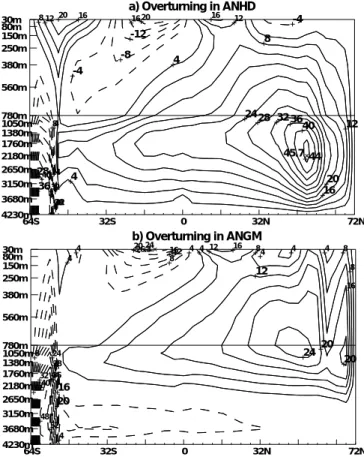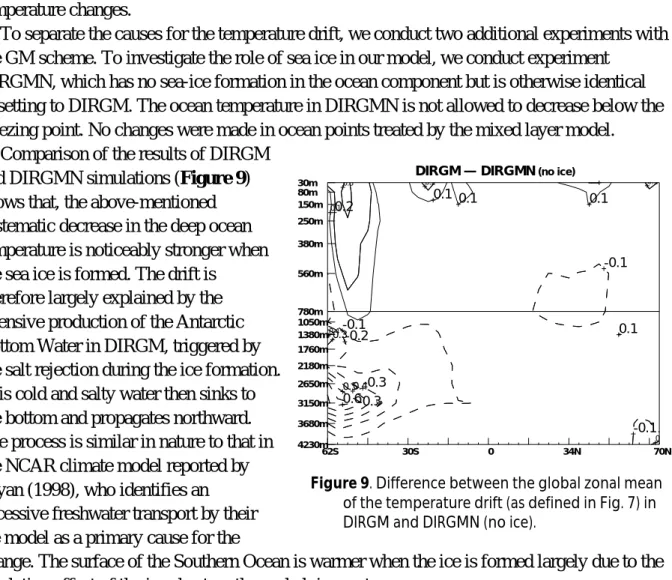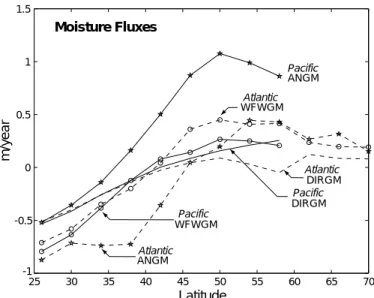A coupled atmosphere-ocean model of intermediate complexity for climate change study
Texte intégral
Figure
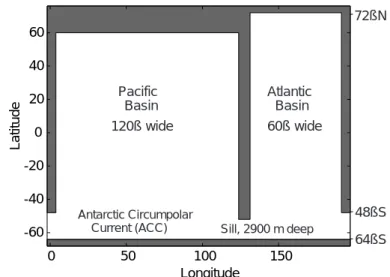
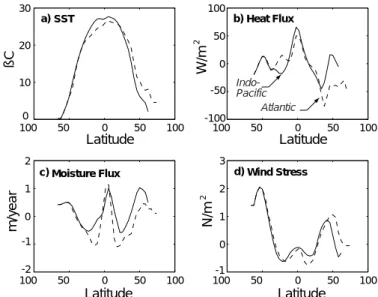


Documents relatifs
Ces oscillations créent un gradient intra- cellulaire entre le complexe MinD et l’inhibiteur de la division cellulaire MinC, avec un minimum au milieu de la cellule et un maximum
albicans cells, the antifungal properties exhib- ited by the 10Ce-HAp suspensions and coatings could be attributed to the presence of cerium ions from the hydroxyapatite lattice,
The above discussion shows that representation of convective clouds in the model affects the simulation of the tropical climate, and that the monsoon flow over the ocean, the
L’archive ouverte pluridisciplinaire HAL, est destinée au dépôt et à la diffusion de documents scientifiques de niveau recherche, publiés ou non, émanant des
To numerically solve the coupling problem (12-13), we use the six different methods described in the paper : the asynchronous method with instantaneous and averaged fluxes (the
In order to acquire a better understanding of the differences between the AORCM and the ARCM responses to climate change (DD values), we also compared their responses
Seasonal forecast of tropical climate with coupled ocean-atmosphere general circulation models: on the respective role of the atmosphere and the ocean components in the drift of
rainfall anomalies over the western equatorial Indian Ocean in response to nIODs (pIODs), 502. which contrasts with the traditional view that the main atmospheric
